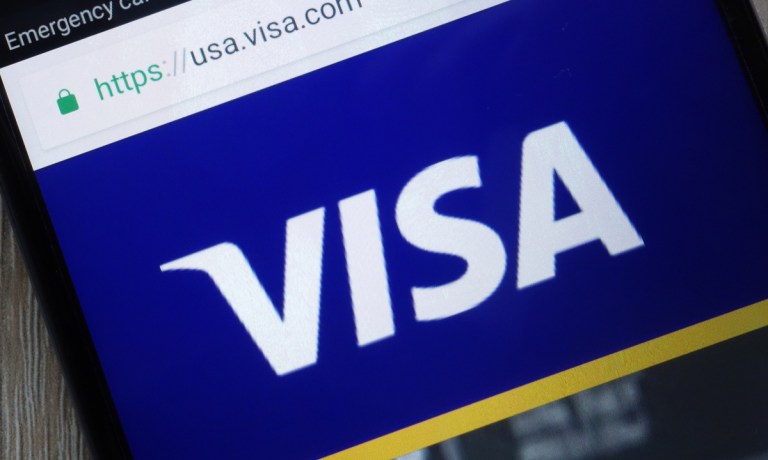
Visa says it is expanding its push-to-wallet capabilities to cover virtual card use.
As the payments giant said in a news release Tuesday (Oct. 29), this lets users push virtual cards to mobile wallets such as Apple Pay and Google Pay with the ability to set spending limits and monitor transactions for fraud and unauthorized expenditures.
“Visa is an early mover in virtual card push-to-wallet, recognizing the importance of creating seamless, digitally native B2B payment experiences that mirror the consumer ones we have all come to expect,” the release said.
Virtual card transactions, Visa says, are projected to surpass 121 billion worldwide by 2027, marking a 340% jump over a five-year period. These cards, the release adds, can improve operational efficiency by automating payment processes and lessening the administrative burden seen with traditional payment methods.
Beyond that, “they can facilitate improved working capital management by accelerating payment cycles and offering greater transparency into financial transactions, empowering businesses to optimize their cash flow and financial planning,” the company said.
In related news, PYMNTS Karen Webster recently spoke with Abhishek, global head of B2B Acceptance at Visa, about the value of virtual cards.
Data compiled by Visa and PYMNTS Intelligence shows that middle market companies across North America have increased their use of virtual cards by 54%, preferring them over other, more traditional working capital options. Visa, that report notes, has stood at the forefront of that movement — and Abhishek has been part of that.
“I’ve been on the road telling everybody to forget virtual cards as a payment rail — they are actually a working capital rail,” he said.
Visa’s in-house research shows that when a corporate, even larger ones, begin accepting payments on commercial cards, they receive double the benefits compared to the cost they pay for using those cards.
“These are benefits that are not available across many of the alternative rails,” Abhishek said.
But there is still a need for education, he told Webster, where bottom-performing middle market companies still are missing out on the benefits that virtual cards can bring them.
The case to be made stems from the fact that most companies don’t have the expertise in house to streamline their payables and receivables — and in effect are looking for “integrated solutions that bring this all together in a box.”